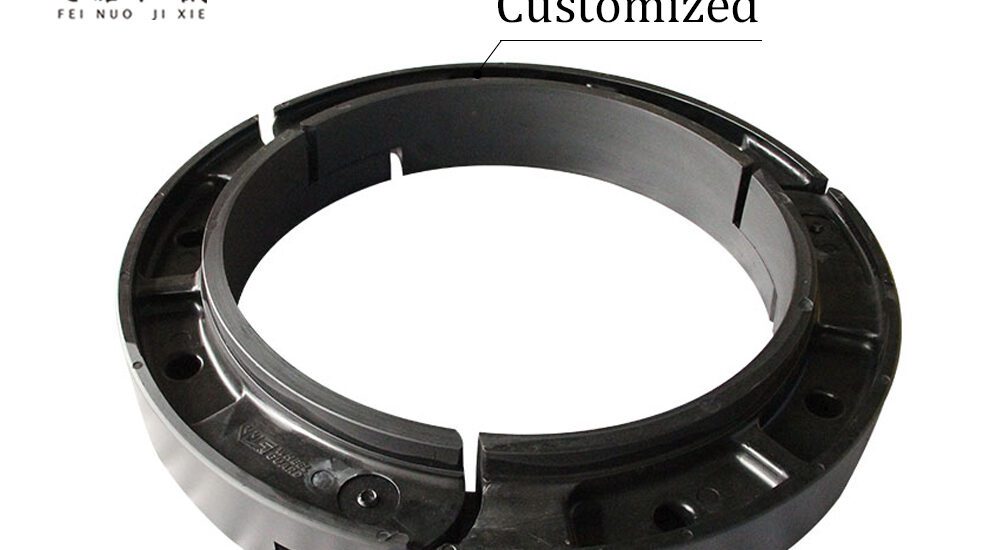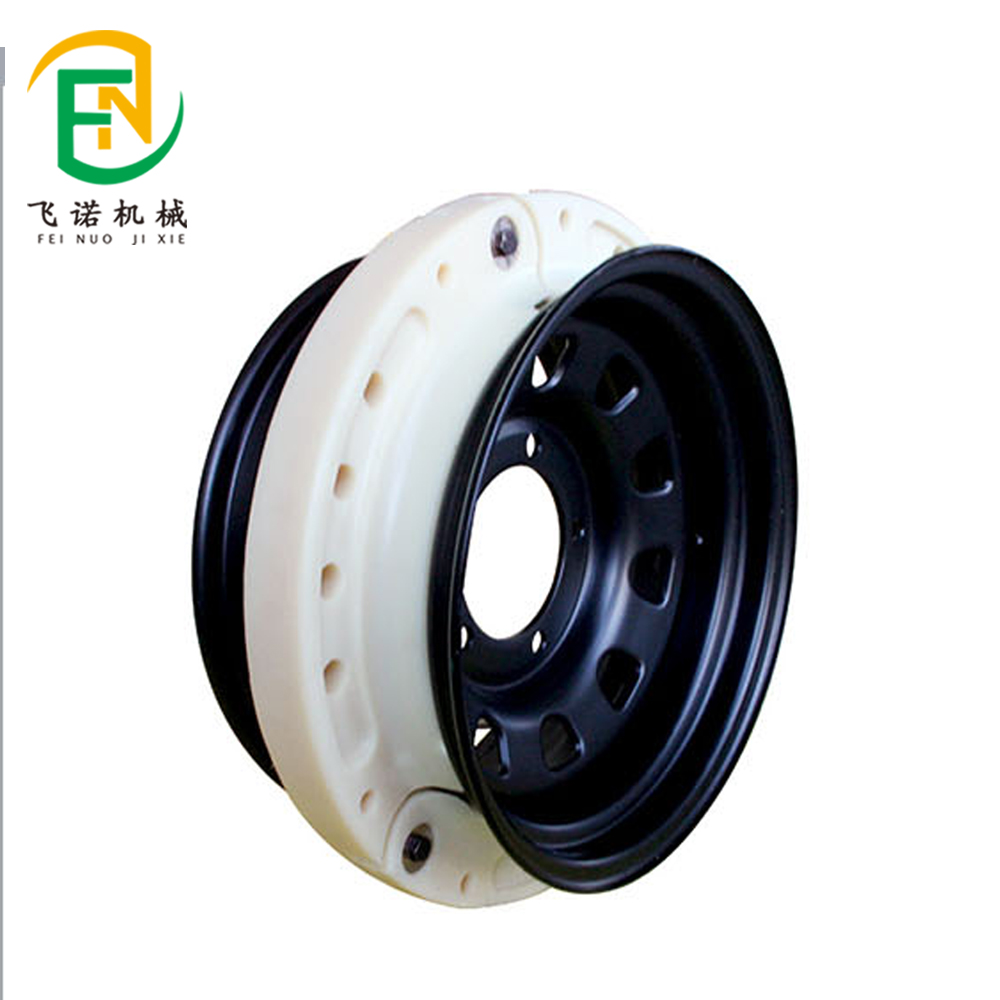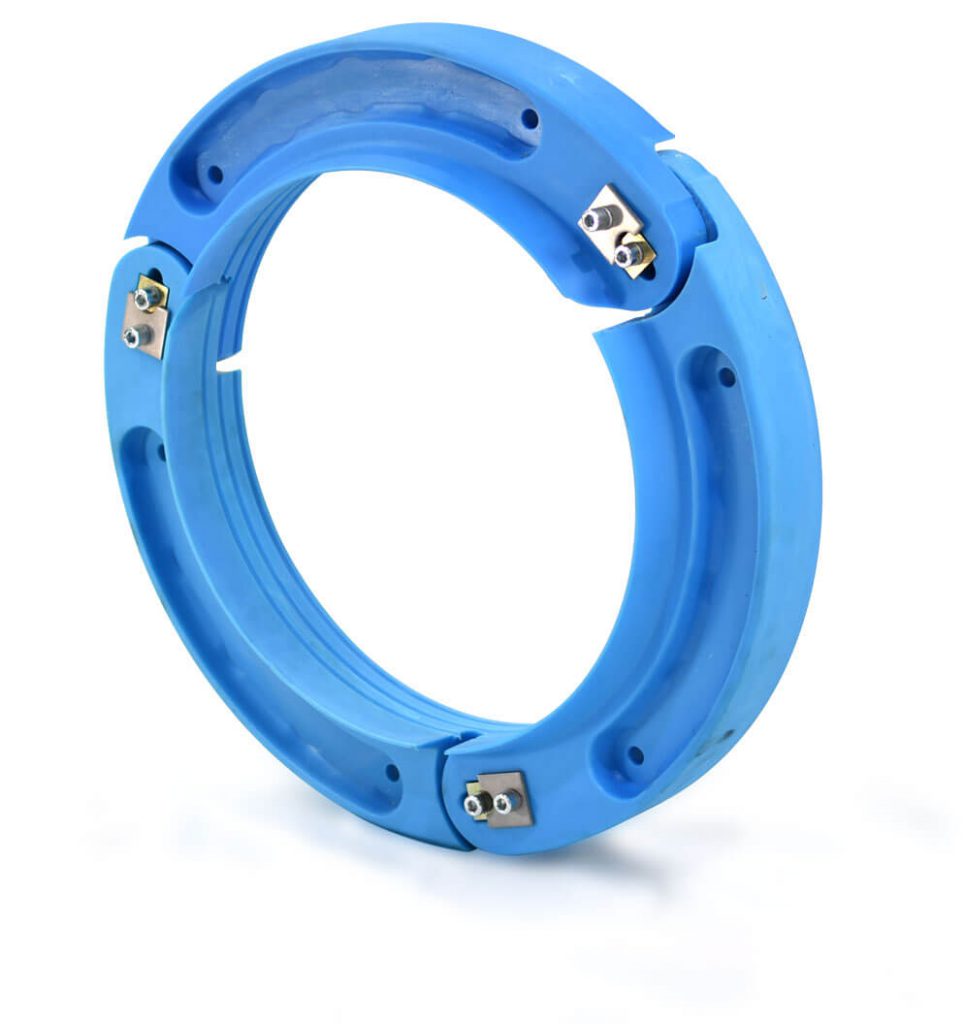- June 16, 2025
- Posted by: feinuojixie
- Category: Run Flat Guide


When we think of military power, our minds often go to advanced weaponry, elite soldiers, or cutting-edge communication systems. But behind every successful mission lies a critical element that rarely gets the spotlight—mobility. In the chaos of modern warfare, where timing and positioning can determine victory or defeat, the ability to keep vehicles moving is paramount. This is where run flat tires emerge as unsung heroes. These specialized tires ensure that even under heavy fire, over rough terrain, or through dangerous zones, military vehicles can continue operating without the risk of immobilization. Silent, durable, and often overlooked, run flat tires military forces depend on are essential to mission success.


Why Military Mobility Matters More Than Ever
In today’s fast-changing combat environments, mobility is not just an advantage—it’s a necessity. Military operations often span vast distances, traverse unpredictable terrain, and require precise timing. Whether it’s rapid deployment, battlefield repositioning, or emergency evacuation, mobility ensures flexibility and survivability. A single disabled vehicle can delay convoys, expose troops to danger, or compromise entire missions. Run flat tires play a critical role in this context. Their ability to keep vehicles rolling, even after sustaining tire damage, has transformed how military planners approach mobility in both tactical and strategic scenarios.
What Are Run Flat Tires and How Do They Work in Military Use?
Run flat tires are specially engineered to maintain functionality even after a complete loss of air pressure. For military use, two main types dominate: self-supporting and support ring systems. Self-supporting models use reinforced sidewalls that temporarily support the weight of the vehicle after deflation. Support ring systems employ internal structures that sit within the wheel and physically support the vehicle if the tire is punctured. In military vehicles, these systems are often combined with rugged tread compounds and heat-resistant materials, allowing them to withstand bullets, shrapnel, or harsh terrain without failing. Their design ensures that even in critical situations, mobility is preserved.
The Evolution of Run Flat Tires in Military History
Run flat tires have roots dating back to early armored vehicle designs, but their widespread adoption in the military began in earnest during the late 20th century. As asymmetric warfare and urban combat increased the risk of roadside ambushes and improvised explosive devices (IEDs), the need for more resilient mobility systems became urgent. Military engineers responded by enhancing tire technology—adding inner liners, integrating run flat systems into wheeled armored vehicles, and testing them under extreme conditions. Today, almost every modern military force incorporates run flat tires into key vehicle platforms, from troop transports to special operations vehicles.
Advantages of Run Flat Tires in Military Mobility
The benefits of run flat tires in military contexts are extensive. First and foremost, they ensure continued vehicle movement after sustaining damage, reducing the risk of leaving troops stranded in hostile territory. They also decrease the logistical burden by reducing the need for spare tires or on-field replacements. In high-threat environments, every second counts—run flat tires give personnel those extra seconds by eliminating downtime caused by tire failure. Moreover, these tires can absorb shock and maintain better performance over rough terrain, increasing the versatility of military vehicles in diverse environments such as deserts, jungles, or urban ruins.
Run Flat Tires vs. Conventional Tires in Combat Environments
Conventional tires, while adequate for civilian use, are liabilities in combat. A single puncture from debris or small arms fire can render them useless, halting the vehicle and endangering the mission. In contrast, run flat tires allow vehicles to continue driving for tens of kilometers even after complete deflation. For example, a military vehicle equipped with run flat tires can sustain a hit, evacuate personnel, and return to base without replacement. Tests conducted by defense agencies consistently show that vehicles fitted with run flat systems outperform standard tires in endurance, survivability, and response time under battlefield conditions.
How Run Flat Tires Enhance Tactical and Strategic Military Planning
Military planners increasingly factor in the presence of run flat tires when designing mission logistics. Vehicles equipped with them are deployed in high-risk areas, assigned to lead convoys, or used for critical supply runs. Strategically, run flat tires reduce the need for support vehicles or emergency repairs, allowing units to move faster and more independently. Tactically, they provide a confidence boost to personnel, who know their vehicle can take damage and keep moving. The reliability of run flat tires allows commanders to take calculated risks, plan longer routes, and maintain operational tempo under fire.
Case Study: Run Flat Tires in Recent Military Conflicts
During operations in conflict zones such as Iraq and Afghanistan, run flat tires proved to be game changers. In multiple instances, military convoys came under attack in remote areas. Thanks to run flat tires, vehicles that would have otherwise been disabled were able to exit kill zones, protect wounded soldiers, and regroup at safe locations. One widely cited example involves a special operations vehicle that took multiple hits to its wheels during an ambush—yet managed to drive over 25 kilometers back to base. The performance of these tires directly contributed to mission success and saved lives.
Challenges and Limitations in Military Run Flat Tire Deployment
Despite their advantages, run flat tires are not without drawbacks. They are generally heavier than standard tires, adding to the overall weight of military vehicles and affecting fuel efficiency. Their cost is also significantly higher, especially for models with advanced composite materials. Additionally, once a run flat tire is used in a deflated state, it typically needs to be replaced rather than repaired, increasing maintenance costs. However, these limitations are often outweighed by the strategic value they provide. Military procurement teams continue to work with manufacturers to reduce weight, improve lifespan, and cut costs without sacrificing performance.


The Future of Run Flat Tires in Military Mobility
The future of run flat tires is closely tied to innovations in materials science and vehicle automation. Researchers are exploring lightweight composite structures, self-healing rubber compounds, and integrated pressure sensors that can relay real-time data to vehicle systems. Some next-generation military vehicles already include run flat systems with embedded AI that adjusts driving behavior based on tire condition. As military strategies evolve to include unmanned ground vehicles and hybrid systems, run flat tires will remain essential for ensuring mobility without human intervention. Their role will only grow as conflicts become more technologically complex and logistically demanding.
Why Run Flat Tires Deserve Recognition in Military Strategy
Run flat tires may not carry the glamour of advanced weaponry or the intrigue of cyber defense, but their contribution to military mobility is undeniable. They enable mission continuity, protect lives, and expand tactical possibilities. In the theater of war, where every component matters, run flat tires military operations depend on are true enablers of success. By ensuring that vehicles can keep moving under fire and through the most challenging terrains, they have earned their place as silent but essential assets in modern defense strategy.
